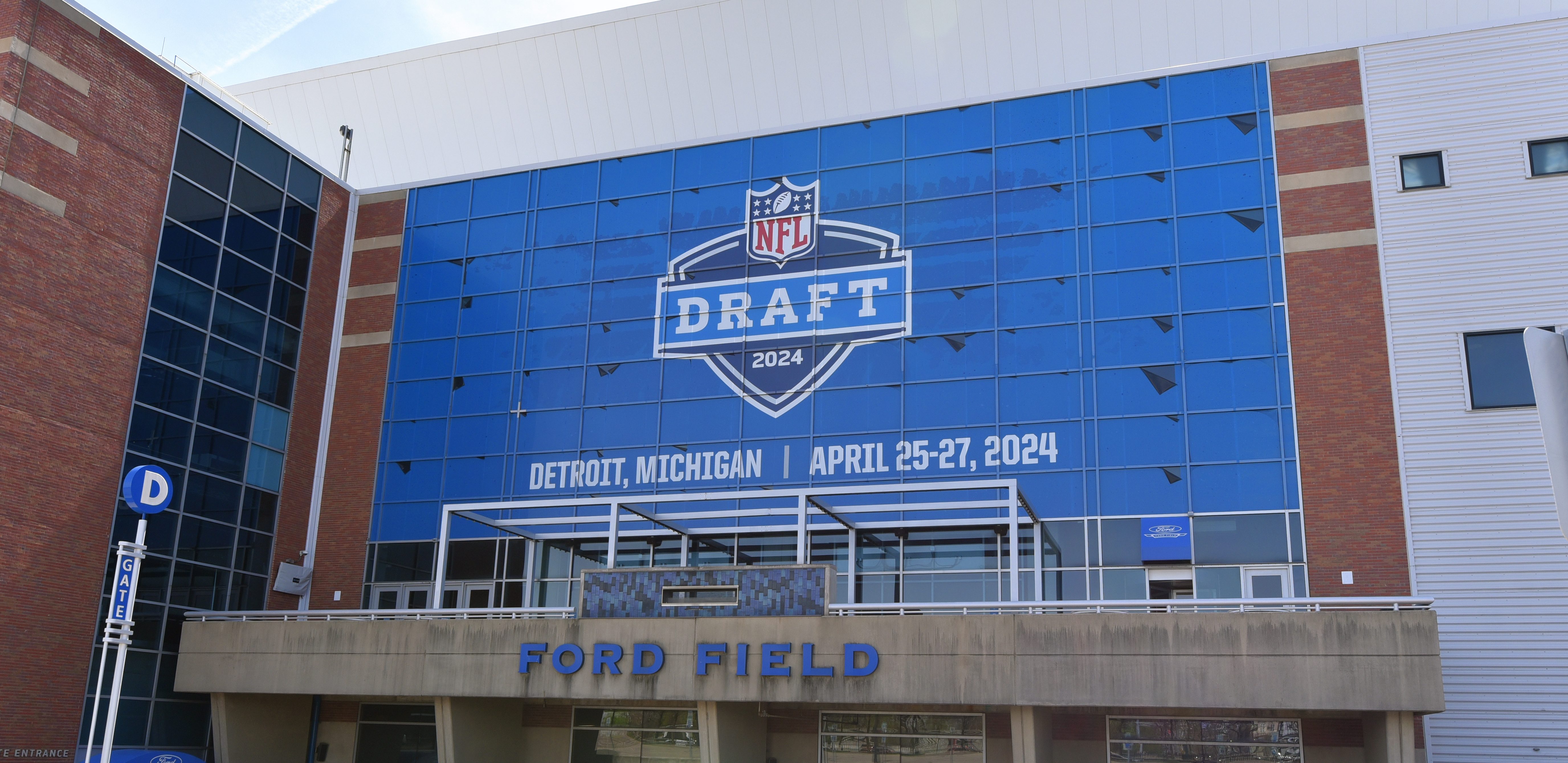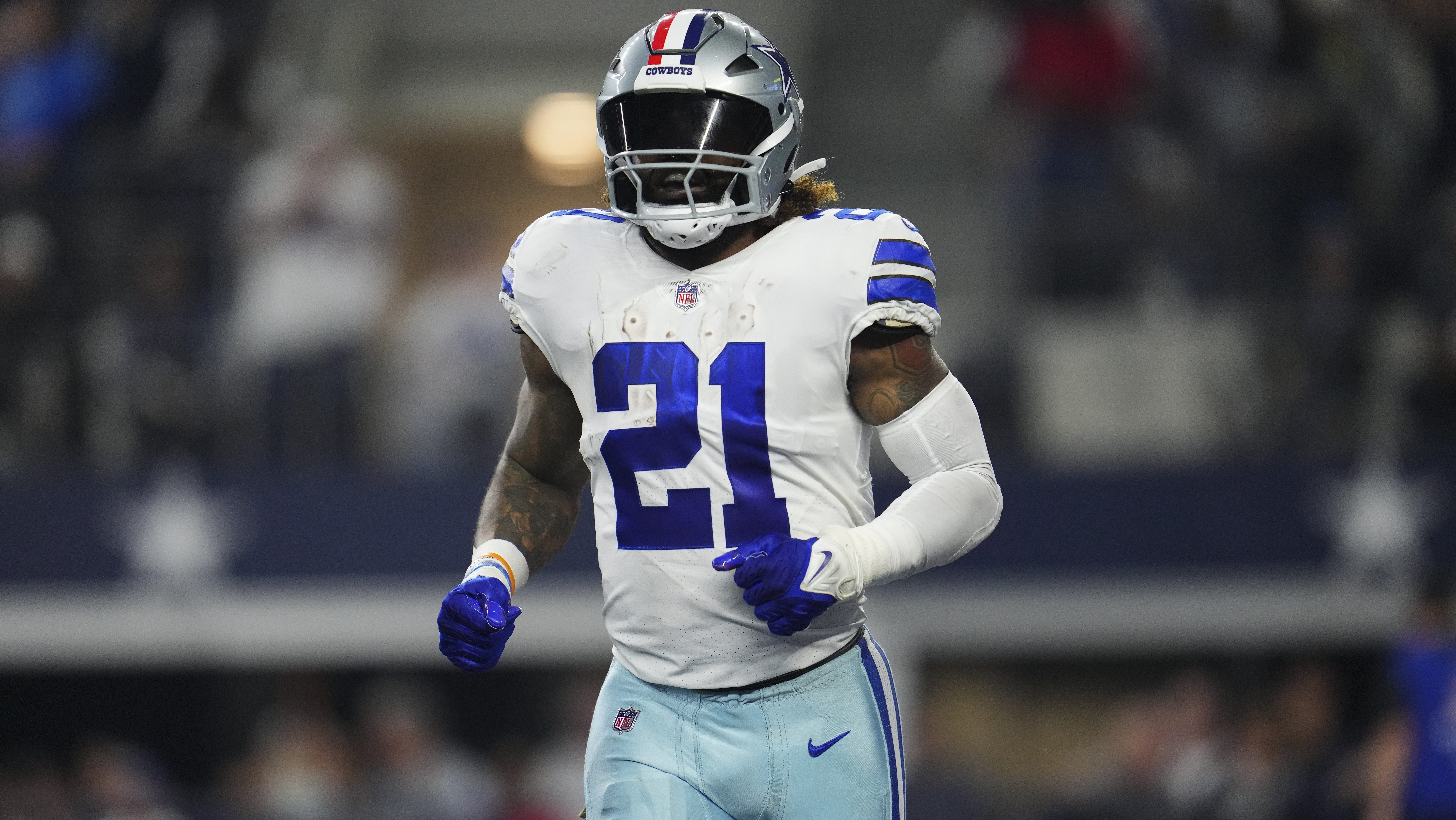Bears general manager Ryan Pace traded up and out of the No. 11 pick in last month’s NFL draft and into, in some opinions, a supposed problem in the person of pass rusher Leonard Floyd. Multiple problems, actually, considering all the things “wrong” with Floyd.
Fortunately for the Bears, all of these flaws come with major qualifiers – “yeah, but…” things that render those flaws suspect at least, moot at best. And the yeah-but’s come, not from scouting reports, projections or other suppositions, but from the NFL itself.
Where’s the sack production?
Floyd put up just 4.5 sacks for Georgia last season, hardly the kind of numbers general managers trade up to get. Floyd finished his three Georgia seasons with 17 total sacks – the same total Von Miller posted in his junior season alone at Texas A&M on his way to being John Fox’s first draft choice (2011) in Denver.
“He’s shown that he’s a good pass rusher in college,” insisted defensive coordinator Vic Fangio. “He just doesn’t have the numbers to support that on a piece of paper. But a lot of that is due to the way [Georgia coaches] used him, too.”
Fangio was asked during this weekend’s rookie minicamp if he had ever coached anyone who hadn’t been an elite college pass rusher but became one in the NFL. Fangio said nobody came to mind, a concerning comment from one of the NFL’s top defensive coaches and one who’d coached rush-linebacker Aldon Smith as a rookie.
Yeah, but…
NFL
The fact is that more than a few of the NFL’s elite pass rushers only achieved “elite” status when they reached the NFL level. Surprisingly, Fangio was involved with one prominent example: Smith.
In one of the NFL’s greatest examples of immediate impact, Fangio was San Francisco defensive coordinator when the 49ers drafted Smith No. 7 overall in the 2011 draft. Smith’s career has derailed after an impressive start that saw him compile 42 sacks over his first 43 games – effectively one per game.
This after a final Missouri season that produced six sacks – decent but not spectacular for the player who then became the fastest player in NFL history to register 30 career sacks.
Jason Pierre-Paul totaled 6.5 sacks for the 13 games of his final season at South Florida: .5 sacks per game. When he broke into the New York Giants’ starting lineup his second season (2011), he more than doubled that with 16.5 sacks over 16 starts: 1.03 sacks per game. Injuries have undercut him but when he managed 16 starts in 2014, he totaled 12.5 sacks: .78 per game, still half-again his college rate.
J.J. Watt, taken in the No. 11 slot by Houston in his draft, had 11.5 sacks in the 26 games of his two defensive-end seasons at Wisconsin: a rate of .44 sacks per game, or one every 2.26 games. In the NFL Watt has amassed 74.5 sacks in 80 games: a rate of .93 sacks per game, or one every 1.07 games.
The kid is too skinny
Legendary New York Giants general manager George Young once dubbed the first 15 picks of the draft as "the Dance of the Elephants," because of the conventional wisdom of drafting size for the NFL game. The perceived problem with the Bears' drafting of Floyd is that they traded up within that top 15 and took perhaps the lightest-weight for his NFL position. No. 4 overall pick and running back Ezekiel Elliott, for instance, weighs 225 pounds but has it on a 6-foot frame, while Floyd's 240 stretches over six more inches of altitude.
No surprise then that the topic de jour with Floyd is his weight, which the Bears said would be in the 240’s and Fangio said would be something like 230-235. Clearly not big enough at the NFL level, or at least the NFL of George Young.
Plus, he has so much trouble keeping weight on naturally that the Bears have cooked up a reminder-alarm program that uses his cell phone to prod him to eat.
Yeah, but…
Von Miller was 245 pounds coming out of Texas A&M, generously listed at 250 now. Plus, he’s a smurf at 6-3, nowhere near big enough to heft a Super Bowl MVP trophy… oh, wait, never mind.
Kalil Mack (15 sacks) finished second to Watt last season. At 6-3, 247 pounds.
For historical sake: When Richard Dent came to the Bears in the 1983 draft, he was a puny 228 pounds, principally because of dental problems that made eating a miserable experience. The Bears invested in corrective dental work, Dent at 6-5 went up to 265 pounds and then on to Canton and the Hall of Fame.
What Dent learned was leverage, how to keep his body at arm’s length and odd angles from blockers, and the ability to keep tackles from getting good sets and squaring up with him. The success or failure of Floyd projects to trace to far more than his weight.
“[Floyd] has got length, so that can help him ward off people from getting into his body,” Fangio said. “He’s gonna have to be quick and sudden with his take-on. He’s not going to be able to wrestle people as much.
“But so much of whether you win or lose on a block happens early in the down; it doesn’t happen late in the down. We’re just going to have to make sure he’s technique sound and being quick and explosive and decisive with his take-on.”


